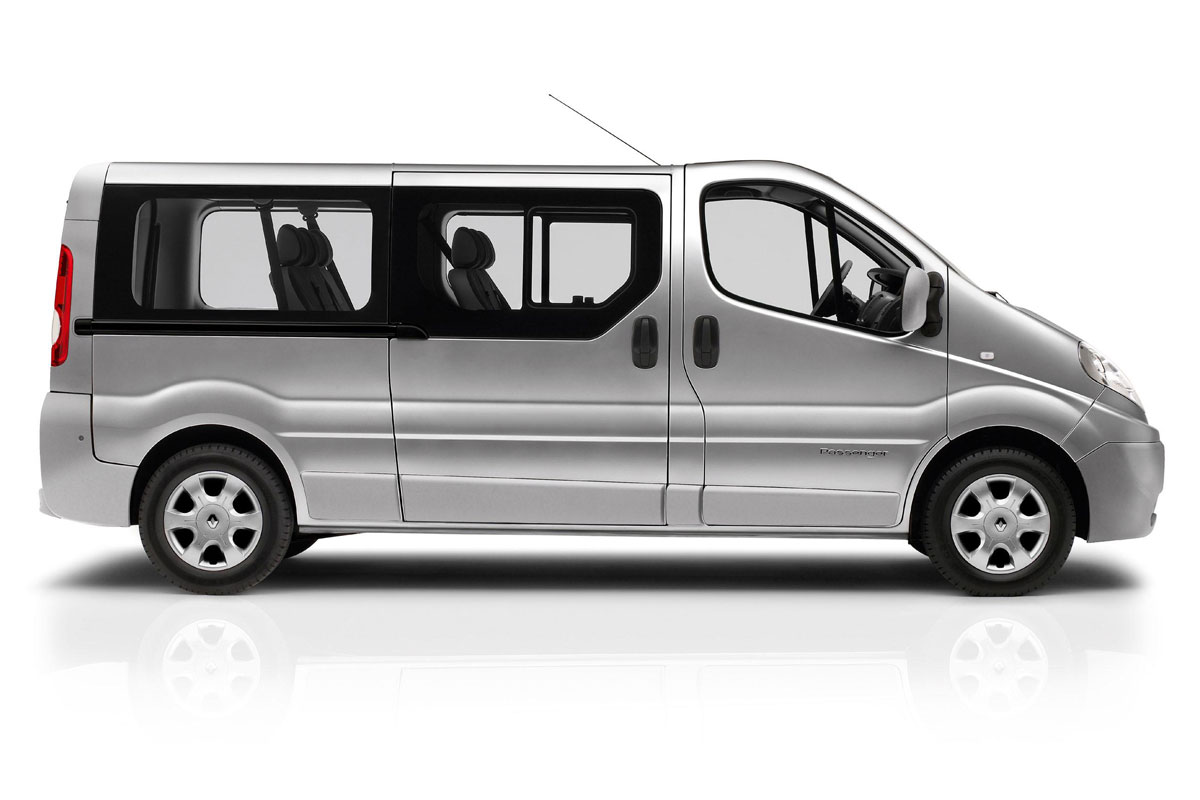As regular readers of my automotive antics will recall, I have owned a number of Rovers, most of which have not always been very reliable. The first of these, a 2004 Rover 45 1.5 Club SE, was no exception to this rule, and within a few weeks of my embarkation upon the lively journey of ownership ended up at the garage for some repairs. The local former Rover dealer in Epsom (now long since closed down) had lost its franchise in 2005 with the collapse of MG Rover, and by late 2009 it was selling Jeeps, Dodges and Chryslers instead. I was recommended to go there to have the cam cover gasket on the wonderful K-series engine renewed, as well as some other tasks, and it was not the best customer service I had ever experienced.
Having dropped the car off at the dealership earlier in the week, I arrived on Friday afternoon to retrieve the 45 only to find that the engine was still in pieces at the workshop. As I had specifically requested the car be ready for my weekend trip, a courtesy car was hastily organised, a 2007 Chrysler Sebring 2.0 Limited with a diesel engine. This was in the era just after Chrysler's bankrupcy and merger with Fiat, so the models on sale in this country had a strange mixture of American, German and Japanese DNA and were free of any Italian influence whatsoever. Some of the engines were co-developed with Mitsubishi, who had been in partnership with Chrysler since the 1970s, some cars had Mercedes-Benz platforms and still others used Volkswagen engines. This particular Sebring had a 140 bhp Volkswagen Group engine matched to a six-speed manual gearbox, which was similar to the powertrain fitted to various Audis, Volkswagens, Skodas and Seats of the era. It was the best thing about the car.
The Sebring was an imposing sort of vehicle, roughly the size of a Ford Mondeo, although only available as a saloon. The Limited model, with its grey leather interior and external chrome trim highlights, certainly stood out on a cold December evening in suburban Surrey, and was mine until Monday. Working out that the car had a very high level of specification, I set about familiarising myself with all of its quirks and features (as automotive Youtube star Doug DeMuro would say). I found such luxuries over and above my Rover 45 as front and rear parking sensors (which did not work properly), satellite navigation, cruise control, climate control, variable intermittent wipers, automatic headlights, a massive centre colour touchscreen with built in hard drive and a lot more besides. It was certainly more than my modest weekend needs would require...
The build quality of this luxurious American automobile did leave a lot to be desired when compared with the VW Group vehicles which shared its engineering, with nasty plastics, a certainly far less than premium keyfob, a broken interior doorhandle mended with duct tape and cheap switches, but it was certainly interesting. The leather-lined cabin did a very good job of cosseting my newly executive class self on the way down to Hampshire, and being a diesel, even the fuel economy was reasonable. In fact, there were two trip computers if one wanted to compare and contrast the cost of different journeys. Other controls seemed reasonably easy to operate, and the car seemed to waft along on a big wave of torque. There were even some songs left for me on the hard drive for my listening pleasure...
The ride and handling left much to be desired in comparison with something like a Volkswagen Passat, but this was to be expected from the pre-merger Chrysler LLC. The Sebring, and its Dodge Avenger twin sister, were not exactly known for dynamic excellence, and I have to say that I agree with general motoring opinion about this. As a car that would cruise along motorways and interstates, it is fine, but challenging B roads were not its forte. There were also 2.0 litre and 2.4 litre petrol engines offered in the UK with manual and automatic transmissions, but the diesel was the most economical and fastest. In America there was, of course, a popular V6 option, but prevailing contemporary opinion in Europe at the time demanded a diesel, and so Volkswagen supplied them with one off the shelf.
By 2009, the Sebring had almost vanished from British showrooms, with its career over here being somewhat lacklustre, and I cannot say that I can blame Chrysler UK for its discontinuation. The depreciation was terrible, the quality far from even the standards of contemporary budget brands such as Kia and Hyundai, and the car was unmemorable to drive. By 2014, Chrysler had entirely withdrawn from the UK, leaving only Jeep to fly the flag for the USA over here. My time with the Sebring also came to an end, and I went back to proper traditional Rover luxury.
Sebrings are still around on the secondhand market at temptingly low prices, but with a big question mark over reliability and parts availability these days, they are not the sort of car I would recommend. I would, however, like to try a Chrysler Delta at some point, which was based on the final version of the famous Lancia Delta, but that will be a story for another time.










